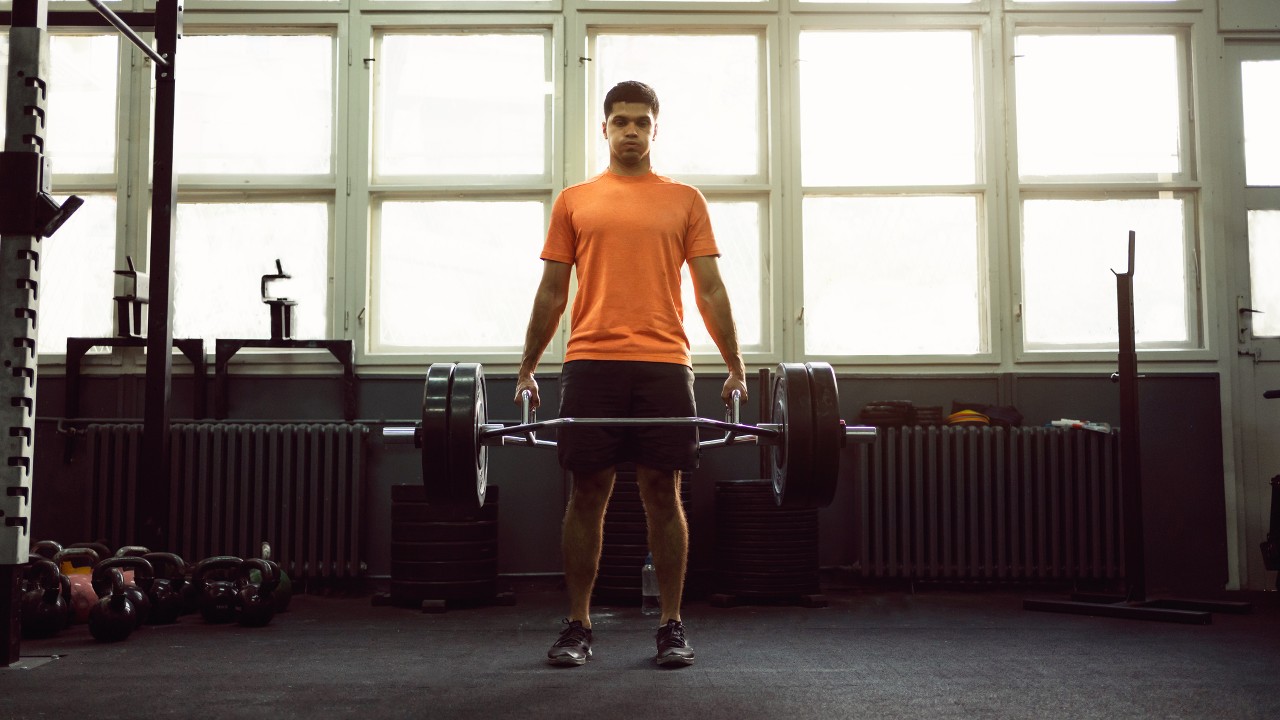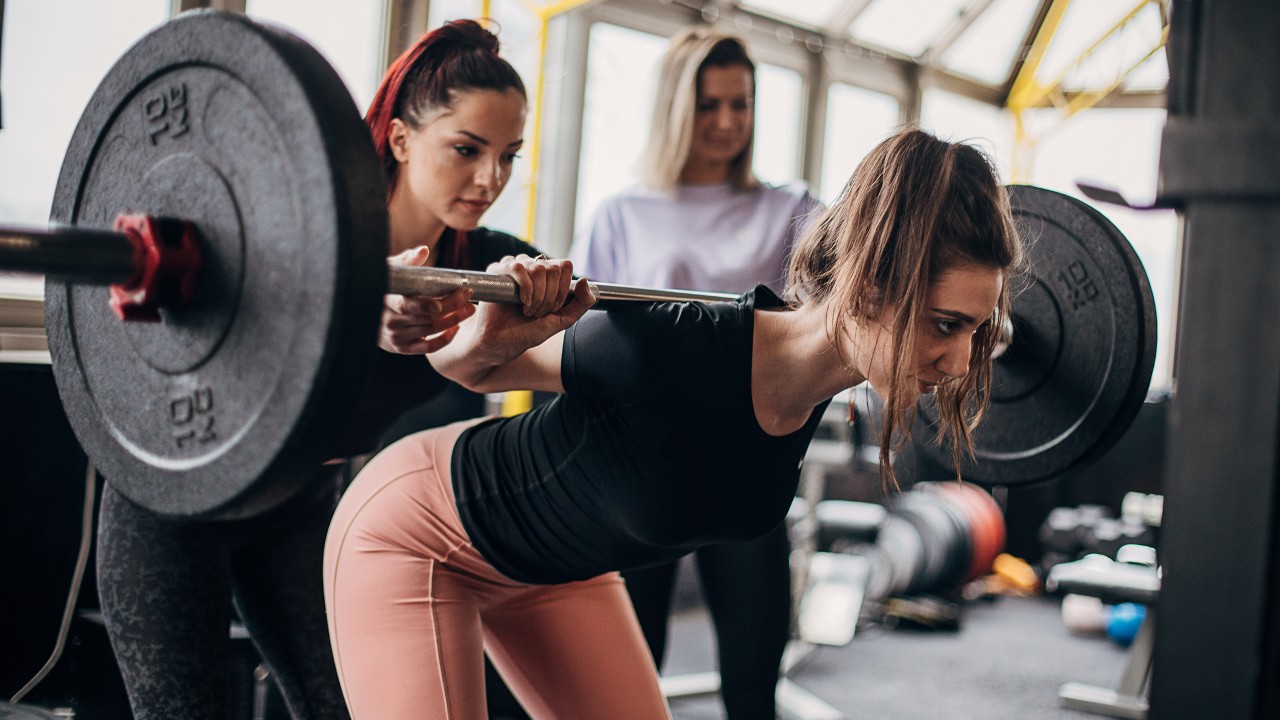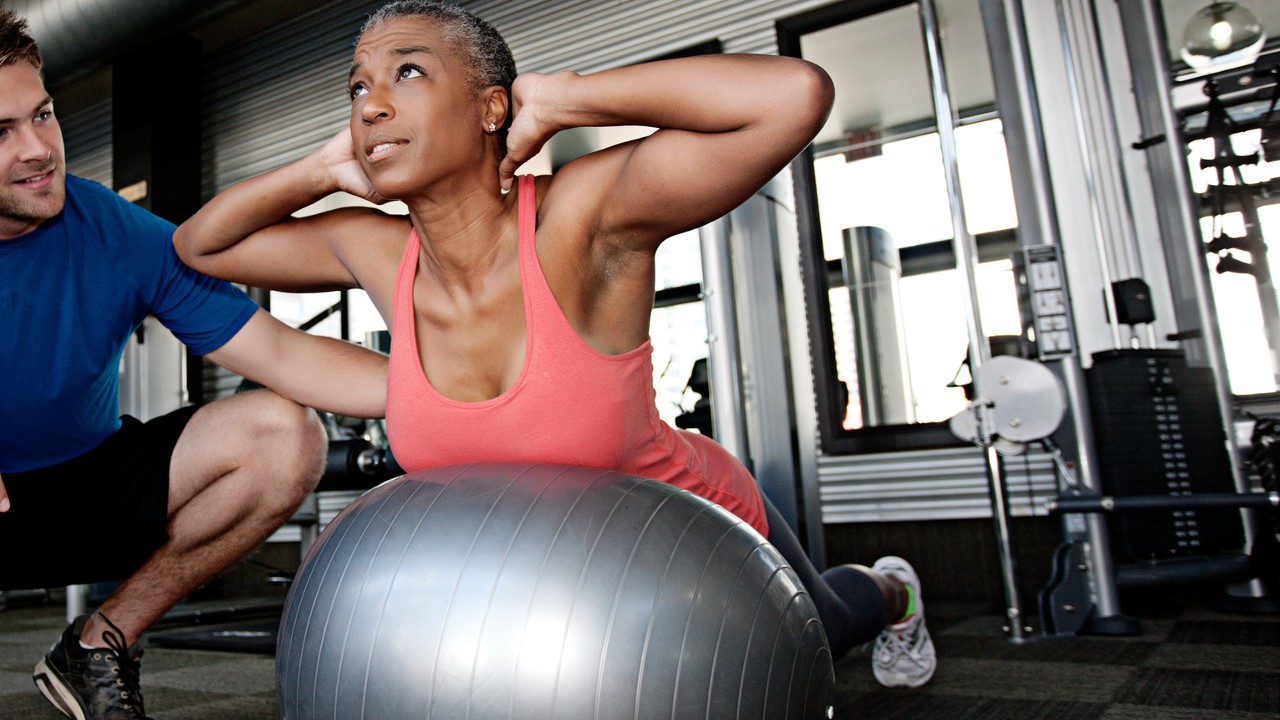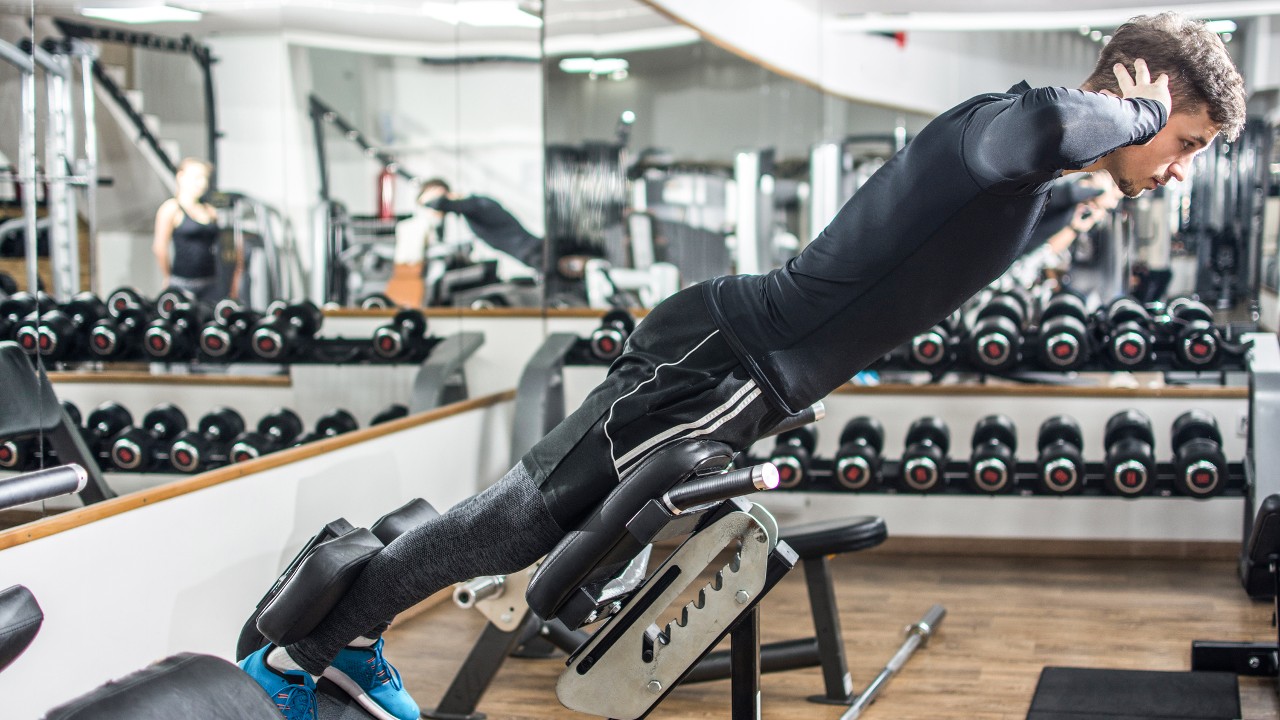Lower-Back Workouts To Build A Stronger, More Resilient Back
Increase your strength and resilience with these workouts for your lower back

Next time you’re in the gym, look around and take note of the muscles most people are working. The chances are that the majority will be training their chest, arms or abs, known as the “mirror muscles” – because you can see them in the mirror as you lift and lower the weight.
Then, if you do find anyone working on their posterior chain – the muscles on the back of the body – we’re willing to wager that they’re focusing on the upper back and hamstrings, entirely neglecting the lower-back muscles in between. This is a mistake, because the best back workouts will include lower-back exercises.
If you want to build all-over strength, you need to spend some time on your lower-back muscles. Strengthening these will help you perform all kinds of lifts in the gym, as well as reducing the risk of suffering from non-specific lower-back pain in general life.
How To Do These Lower-Back Workouts
Below you’ll find two lower-back workouts to tackle. They should be done with a gap of two to three days between them to allow time for your muscles to recover and adapt. The workouts are fairly short so they can be added into a larger session that also works other parts of the body.
How To Warm Up
Given that you’ll be targeting the lower back, a part of the body that’s notorious for its susceptibility to injury, it’s vital to get in a proper warm-up before you start flinging heavy weights around.
Start with a series of dynamic stretches that will engage muscles all over the body. If you’re not sure what that involves, here’s a great seven-move gym warm-up routine. Then move on to some moves that enlist the muscles you’re about to use in your workout proper. The simplest way to do this is to run through a round of the exercises you’re going to do using a light weight, or even no weight at all. With some moves that’ll be harder than others, but often you can do an assisted version – for example, pull-ups using a resistance band – to help make the move easier as you ready your muscles.
How To Warm Up
1 Good morning

Sets 3 Reps 10
Sign up for workout ideas, training advice, reviews of the latest gear and more.
Stand with your feet shoulder-width apart and your lower back in a neutral, non-rounded position. Hold a light barbell across the top of your shoulders. Slowly bend over at the hips, keeping your lower back in a neutral position until your torso is almost level with the floor. Return and repeat.
Why This multi-muscle move will fire up the backs of your thighs while working your lower back and promoting new muscle growth. You do it at the start of the workout because that’s when you have the most energy.
2 Superman
Sets 3 Time 10-20 seconds
Lie on the floor with your arms and legs stretched out. Brace your core, then raise your arms, head and shoulders off the floor in a “flying” position. Hold this pose for 10-20 seconds.
Why This is an isometric hold, which will improve your muscular stamina and train the small muscles around your spine. The nerve terminals in these muscles sense when your back is moving and activate to counter this movement, which stabilises your spine. This also prompts the larger lower back muscles to fire.
3 Gym ball back extension

Sets 2 Reps 10
Lie on a gym ball with your abdomen resting on the ball and your feet pressed against a wall for support. Put your fingertips by the side of your head, raise your elbows and brace your core. Then lift your shoulders and chest off the ball. Pause, then return and repeat.
Why This is a simple lower back exercise that concentrates the effort in the top section of the erector spinae, nearest to the shoulders. It will increase strength and promote new muscle growth.
Lower-Back Workout 2
This workout builds on the previous one and will help to stabilise your body, improve your posture and injury-proof your midsection. It’s important to remember that these are two separate workouts and are not to be done in one session – and leave at least three days between workouts for recovery.
1 Back extension

Sets 3 Reps 8-12
Lie on a back extension bench facing the floor with your heels hooked behind in a retaining bar. Start with your hands across your chest or behind your head. Keeping your shoulders back, bend at the hips and lower yourself as far as is comfortable. Pause at the bottom to control your weight, then lift yourself up again by engaging your back muscles until your body is in a straight line from neck to ankles.
Why Adding resistance (a weight plate) to this classic exercise will increase the level of fatigue in your lower-back muscles and encourage the growth of new muscle tissue.
2 Trap bar deadlift

Sets 3 Reps 8-12
Load a trap bar, also known as a hex bar, with your preferred weight. Stand in the centre and grasp both handles while keeping your head and chest up. Lower your hips to a comfortable position, then drive through your heels and extending your hips and knees on the way back up. Avoid rounding your back.
Why The trap bar has been proven to limit the pressure on the spine caused by pulling from behind a bar, as in the traditional barbell deadlift. This is also a beginner-friendly variation, as the trap bar’s configuration helps to keep the torso in an upright position with far fewer technical requirements.
3 Knee roll
Sets 3 Reps 8-10 each side
Lie on your back with your knees bent and pressed together. Keep your upper body still with your arms out wide for stability. Roll both your knees to one side along with your pelvis, keeping both shoulders flat on the floor. Hold the stretch for one deep breath, then return to the starting position.
Why: This exercise stretches and mobilises the spine. It can also be used for relief from lower back pain, and can be performed at the start or end of any workout to assist healthy movement in the lower back area.

Sam Rider is an experienced freelance journalist, specialising in health, fitness and wellness. For over a decade he's reported on Olympic Games, CrossFit Games and World Cups, and quizzed luminaries of elite sport, nutrition and strength and conditioning. Sam is also a REPS level 3 qualified personal trainer, online coach and founder of Your Daily Fix. Sam is also Coach’s designated reviewer of massage guns and fitness mirrors.
- Nick Harris-FrySenior writer
